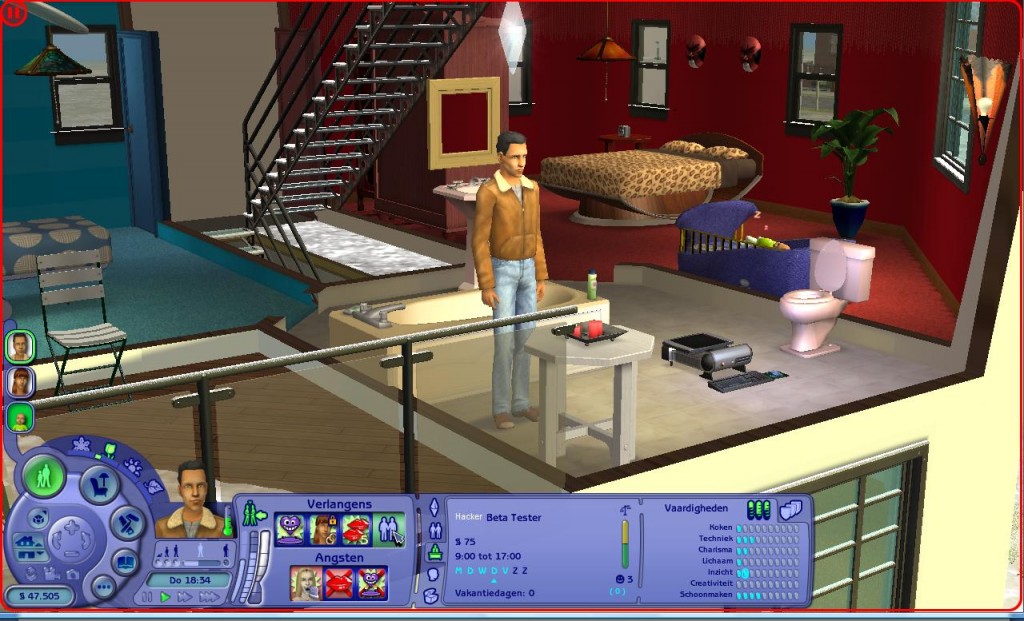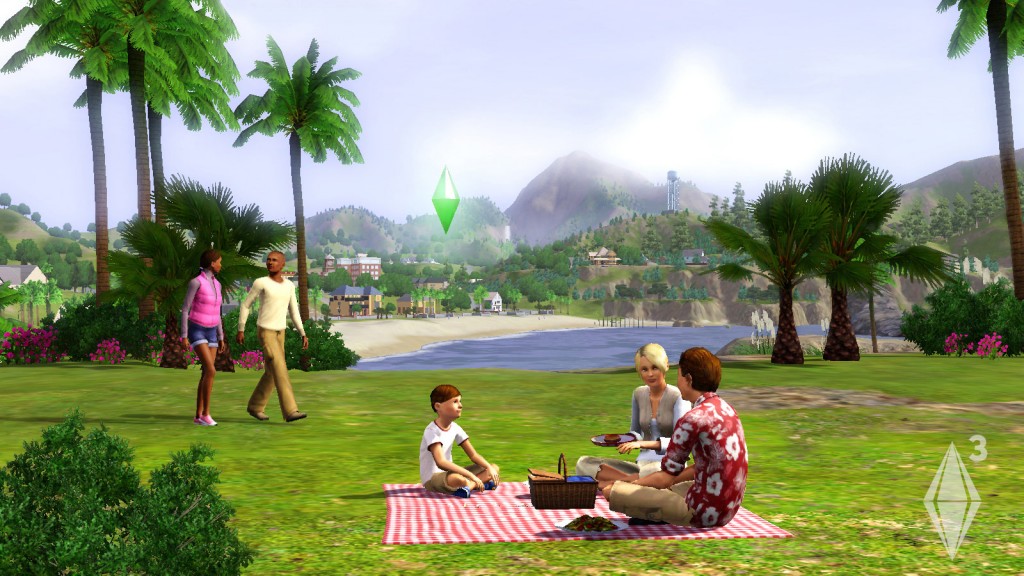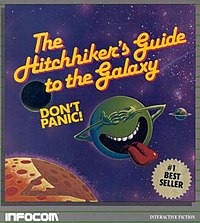Class began with Dr. Wagstaff telling us a bit more about herself. She grew up in a small town near Moab, Utah. Her undergraduate degree was in computer science at University of Utah; she followed that up with a graduate degree in computer science with a minor in Mars from Cornell University, and then worked in algorithm development for space programs at Johns Hopkins University Applied Physics Lab and finally JPL.
Dr. Wagstaff then directed us to the two following puzzles:
2, 6, 12, 20, 30, ?? = 42 = x^2+x
-3, 0, 15, 48, 105, ?? = 192 = x^3-4x
The easiest method to solve these puzzles was the one employed by Babbage’s Difference Engine No. 2: the first puzzle had a constant difference of differences (2) between each number, and the second puzzle had a constant difference of difference of differences (6). Each of these corresponded to a polynomial equation of the kind that the Difference Engine could solve. A crucial point was that in Babbage’s day, it was essential to have accurate tables of polynomials, logarithms and trigonometric functions for all kinds of calculations theoretical and practical, navigation, et cetera. This was the reason for Babbage including printing on paper and printing of plaster molds in his machine – so that the tables would never need to be copied by a human, and thus would remain reliable.
Another effect of Babbage’s desire for reliability was his demand for high quality machined parts. We discussed his disagreements with his engineer, Joseph Clement, and how most of the British government’s grant money likely ended up in the engineer’s pockets. Also mentioned was Babbage’s inability to be diplomatic, as related even in his autobiography – his funding dried up as he could not convince government officials such as the Chancellor of the Exchequer of the important of his machines. A side note to this was that a Swedish engineer, Per Georg Schultz, created a derivative Difference Engine for several governments – Sweden, England and eventually the United States. His engine was delivered over-budget but on time.
Babbage’s Difference Engine No. 2 was not fully completed until recently. We saw a video that detailed the course of his endeavors, from the first difference engine, and the analytical engine, to the complete and improved plans for the second difference engine. Most interestingly, this video featured many shots of the replica Difference Engine No. 2 in action.
Babbage’s Analytical Engine, however, has never been fully realized. The same video showed the ‘mill’ of the Analytical Engine, which Babbage’s son eventually completed. The mill was to be the area in which computations were done, as opposed to the ‘store’ of memory.
photo credit: http://www.zdnet.co.uk/i/z5/illo/nw/story_graphics/11mar/science-museum/science-museum-babbage.jpg
The Analytical Engine also incorporated three kinds of punched cards – operations, numbers, and variables (which were essentially addresses). This engine has never been completed, but a group at http://plan28.org/ is taking the first steps towards building it.
Class ended with a question to ponder: was Charles Babbage a success or a failure?



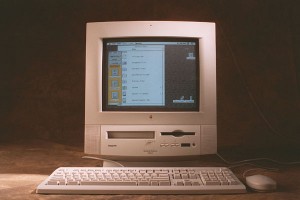
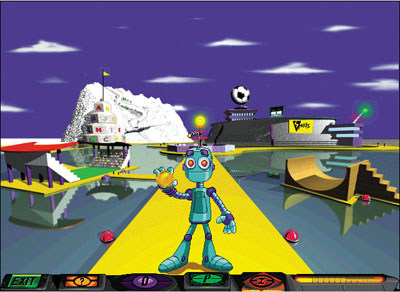
 One of the biggest ways that computers and the internet in particular have influenced me is with the ability to collaborate with, meet, and learn from other people. I had my first experience with online forums while trying to figure out how to modify the login screen on my laptop. After getting my question figured out, I ended up sticking around and learning more about computers than I had anywhere else previously. I spent some time editing on Wikipedia, before getting tired of the intense bureaucracy there.
One of the biggest ways that computers and the internet in particular have influenced me is with the ability to collaborate with, meet, and learn from other people. I had my first experience with online forums while trying to figure out how to modify the login screen on my laptop. After getting my question figured out, I ended up sticking around and learning more about computers than I had anywhere else previously. I spent some time editing on Wikipedia, before getting tired of the intense bureaucracy there. 
 Most moderation is done by regular users, although there are a handful of community moderators. In another unique twist, moderators are elected by a democratic voting system, not appointed by site admins. I was elected to be a moderator this spring, and am still actively involved on the site. In an increasingly interconnected world, it’s important to recognize the worldviews, lifestyles, and perspectives of people from other cultures. I talk with a programmer in the Netherlands. I read essays from students researching biodiesel in Brazil. I’ve made friends with a deaf diabetic from the midwest. The internet was founded on the basis of spreading knowledge and connecting the world, and I feel privileged to have taken a part in that experience.
Most moderation is done by regular users, although there are a handful of community moderators. In another unique twist, moderators are elected by a democratic voting system, not appointed by site admins. I was elected to be a moderator this spring, and am still actively involved on the site. In an increasingly interconnected world, it’s important to recognize the worldviews, lifestyles, and perspectives of people from other cultures. I talk with a programmer in the Netherlands. I read essays from students researching biodiesel in Brazil. I’ve made friends with a deaf diabetic from the midwest. The internet was founded on the basis of spreading knowledge and connecting the world, and I feel privileged to have taken a part in that experience.